
OR
Digitization for agriculture revolution
Published On: September 27, 2020 02:15 PM NPT By: Bhairab Raj Kaini
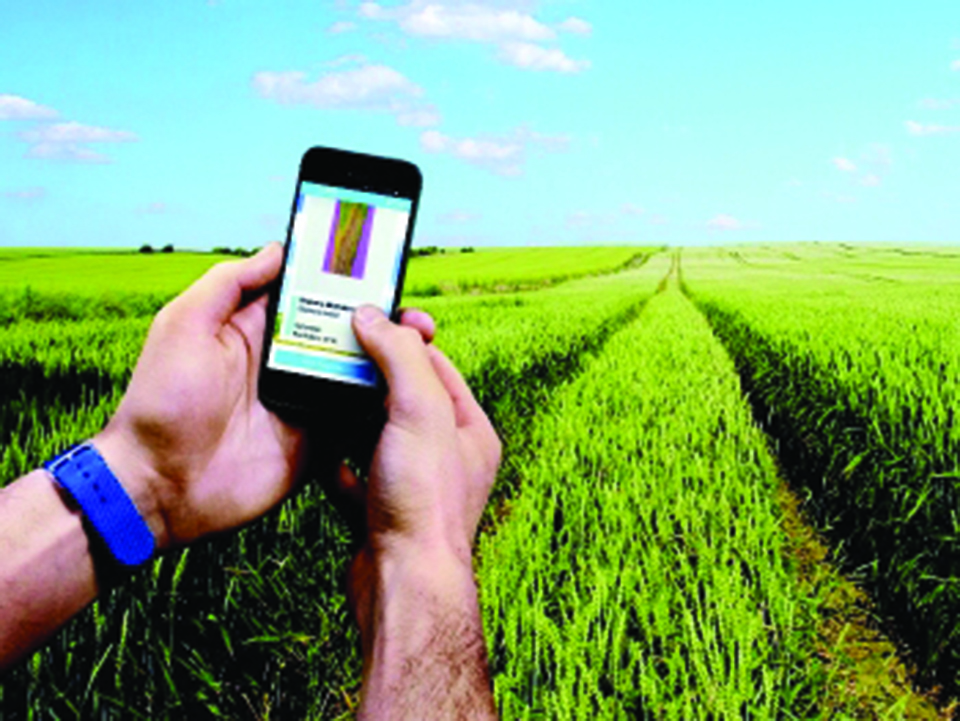
Digitalization will be a sustainable solution for agriculture development in the years to come.
Covid-19 crisis could kickstart a digital revolution in agriculture. It is because digital technologies provide the agricultural industry with tools and information to make correct decisions timely and improve productivity. Digital technologies make it possible to run agricultural enterprises while following lockdown measures. E-commerce, produce delivery and equipment sharing platforms all enable continued production and distribution, while upholding social distancing measures. Availability of real-time data using remote sensing tools such as drones and satellites, coupled with mobile telephone and internet access can be the key enablers of agricultural change in the post Covid-19 period.
In digital agriculture, farmers use mobile phones and other digital technologies to access customized and actionable agricultural information in real time. In fact, it impacts the entire agro-food value chain—before, during, and after on-farm production. Yield mapping, GPS guidance systems, and variable-rate application, e-extension services, warehouse receipt systems, food traceability systems, tractor rental apps and e-commerce platforms fall under the domain of digital agriculture. Thus, the digital way will be a sustainable solution for agriculture development in the years to come.
Digital agriculture can change economic activities by lowering the costs of replicating, transporting, tracking, verifying, and searching for data. They expand farmers’ access to credit, insurance, and bank accounts for a number of reasons. Due to these falling costs, digital technology will improve efficiency throughout the agricultural value chain. They can improve the allocative efficiency of physical capital within and between farms. They improve labor productivity through improved farmer knowledge. E-extension (electronic provision of traditional agricultural extension services) allows for farming knowledge and skills to diffuse at low cost.
Furthermore, digital payments—whether integrated in e-commerce platforms or in mobile money accounts such as e-wallets—reduce transaction costs within agricultural markets. Digital payments can also streamline government delivery of agricultural subsidies. It also reduces the costs of verifying farmers’ expected risks.
Challenges and limitation
However, rural network coverage plays an important role in the success of digital agriculture. Even when countries overcome infrastructural challenges, the price of network connectivity can exclude smallholders and poor farmers. Similar accessibility and affordability issues exist for digital devices and digital accounts. According to a 2016 GSMA report, of the 750 million-plus farmers in the 69 surveyed countries, about 295 million had a mobile phone; only 13 million had both a mobile phone and a mobile money account.
In order to benefit from the advent of digital agriculture, digital infrastructure requires further development and farmers must also develop new skills. A huge amount of investment is required to perform these activities. National governments, multilateral organizations, and other policymakers must provide a clear regulatory framework so that key stakeholders feel confident about investing in digital agriculture.
Lack of digital infrastructure and e-literacy are the challenging issues for promoting digital agriculture in Nepal. Most of the farmers in the rural areas are still uneducated and many of them do not own or use a mobile phone. Telecommunications services (network, internet and mobile services) are poor or lacking in the rural areas. Currently, 4G is becoming the leading mobile technology across the world including in Nepal. However, coverage possibility for those living in rural areas remains limited.
Transfer of technologies from the innovators to the farmer’s level is important. Thus various actors including the government, NGOs, INGOs and private sectors should work together for it.
There are lots of mobile applications which are working as the pocket guideline of the farmers. Application-based agriculture extension has become possible through smartphones. Farmers can download simple apps and can have access to information about the solution to the problems. The information and the solutions are now at the tip of the fingers of users.
Smart Krishi, one of the best agriculture apps in Nepal, has incorporated a wide range of information from cereal crop production to vegetable cultivation, cash crops, fruit crops as well as non-timber forest products. Furthermore, pest management of various crops, commercial goat farming, boar goat farming, buffalo and cow rearing, fish production technologies are also available in details.
Since the Covid-19 outbreak and the lockdown, seed market has not functioned steadily. A new digital seed information system is likely to change that, as it will enable all value chain actors to access information on seed demand and supply in real time, confronting uncertainty through and beyond the crisis. Having already completed a user acceptance test, this web and Android-based information system is currently being adapted for validation as part of USAID’s Feed the Future Nepal Seed and Fertilizer (NSAF) activity.
Hamro Krishi is another Nepali agriculture apps having 25k downloads supported by Pilot Program on Climate Resilience (PPCR) project running under the Ministry of Agriculture and Livestock Development. The app updates weekly weather-based agriculture bulletin for 26 districts of three geographic regions, which might also be applicable for other neighboring districts with similar topography and geographical region. Other features of this app are success stories, an update of market price, and information about agriculture insurance. The app also provides fertilizer calculation for most of the cereals, vegetables, spices, legumes and oilseeds, and other crops for different geographic regions. The bulletins are prepared in collaboration with NARC.
Recently, E farm, a digital platform for agriculture development, has introduced a concept of connecting farmers from rural areas with the capital city. It has been purchasing agriculture produces from rural districts across the country and delivering it at the consumers’ doors in the capital city.
Other mobile agriculture applications are also available. NARC Krishi has more than 10K downloads and also provides authentic information that comes from the research. Many other agricultural institutions are also creating such applications which help farmers get all the information. The application shortens the gap between farmers, experts and traders.
But doing so will require further innovation and strong partnerships between governments, businesses, and farmers, as well as a regulatory environment to ensure that technology remains affordable and accessible. The private sector should be encouraged to advance, adopt, and re-engineer technologies for, and in collaboration with, small-scale farmers. By making the right investments today, we can kickstart digital adoption and make it possible to close the income gap that has long held rural areas back.
You May Like This

Ethical Leadership: A Hard Nut to Crack for Many Leaders in Nepal
Whether you’re leading a student club, heading a team at work, leading a company or holding a public position, crossing... Read More...
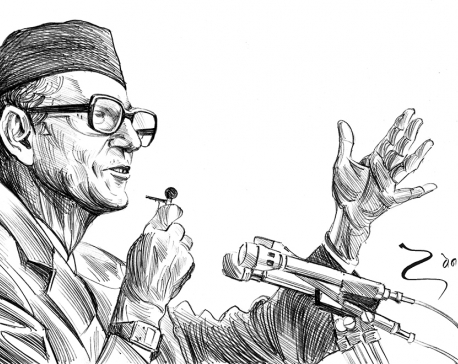
BP Koirala in the lens of changing geopolitics
BP Koirala was the first elected Prime Minister of Nepal. In the first ever general elections held in Nepal in... Read More...
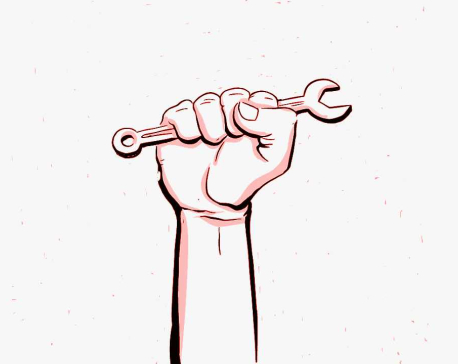
Disarray in Trade Union Rights in Nepal
Since the early 1900s, trade unions in Nepal have been actively promoting the rights of laborers. But labor union activity... Read More...
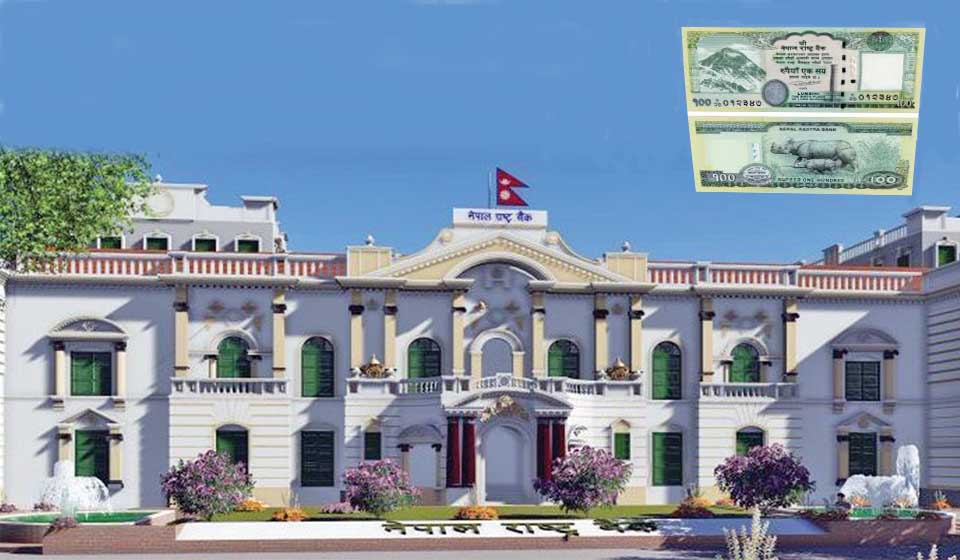
-1200x560-wm_20240503161056.jpg)
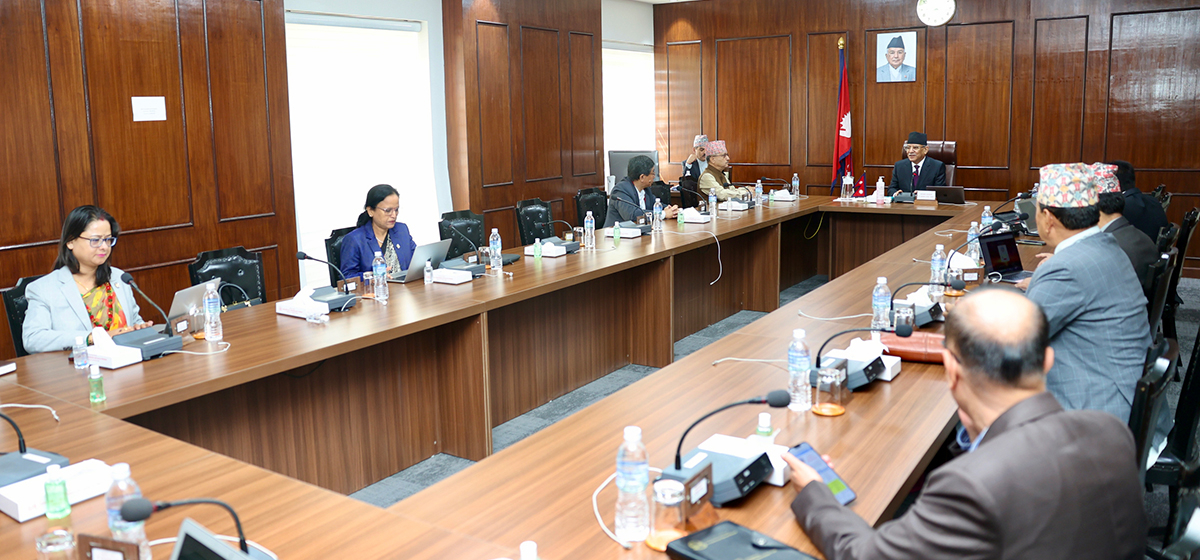

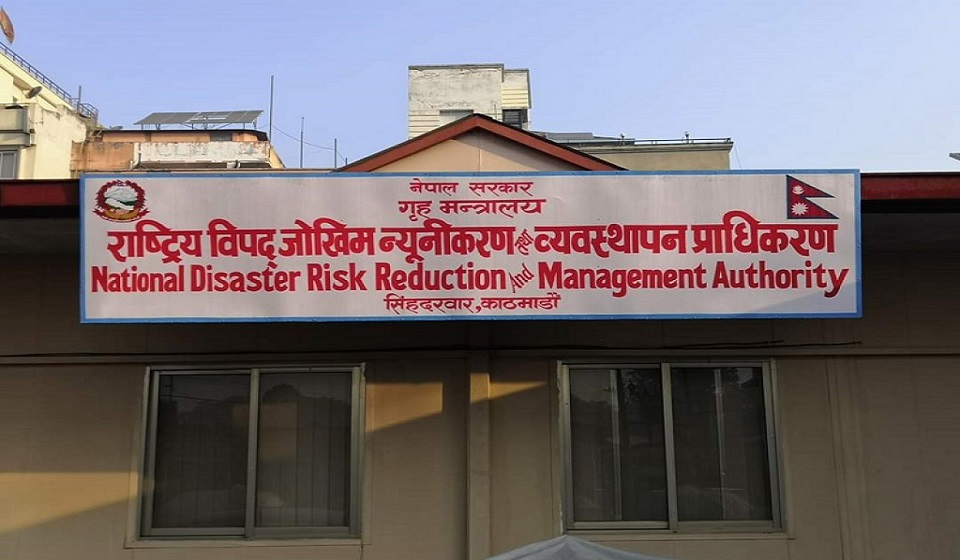
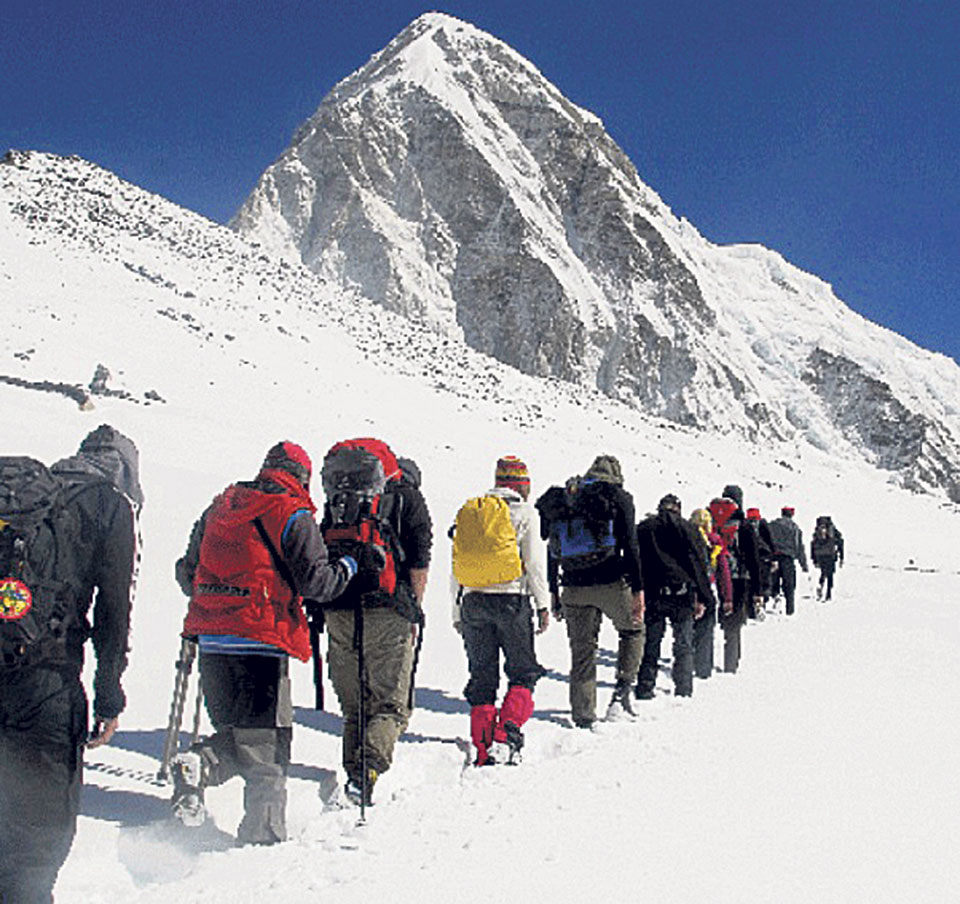

Just In
- Ministry of Youth and Sports seeks suggestions for amending Sports Act
- Light rainfall likely in parts of Nepal today
- Fire destroys property worth Rs 2.5 million in Shuklaphanta Municipality
- Govt to build temporary houses for fire victims
- Experts stress recognition of indigenous communities’ rights to foster sustainable tourism
- Ethical Leadership: A Hard Nut to Crack for Many Leaders in Nepal
- Five-match T20 series: Nepal gears up for its final encounter against West Indies 'A' before T20 World Cup
- ISPs must settle tax liabilities, ensure uninterrupted internet services




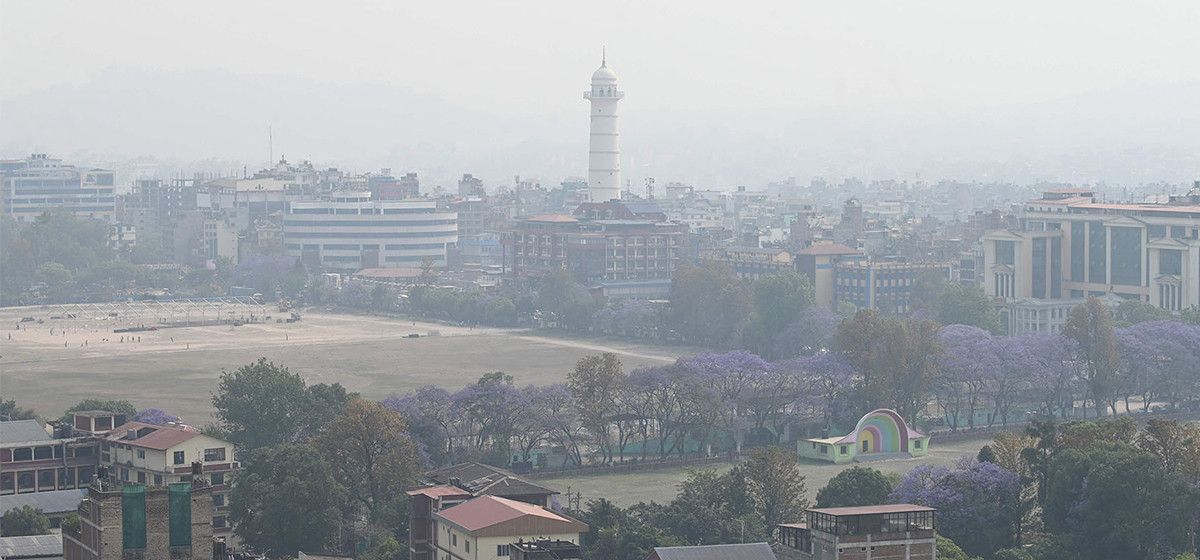



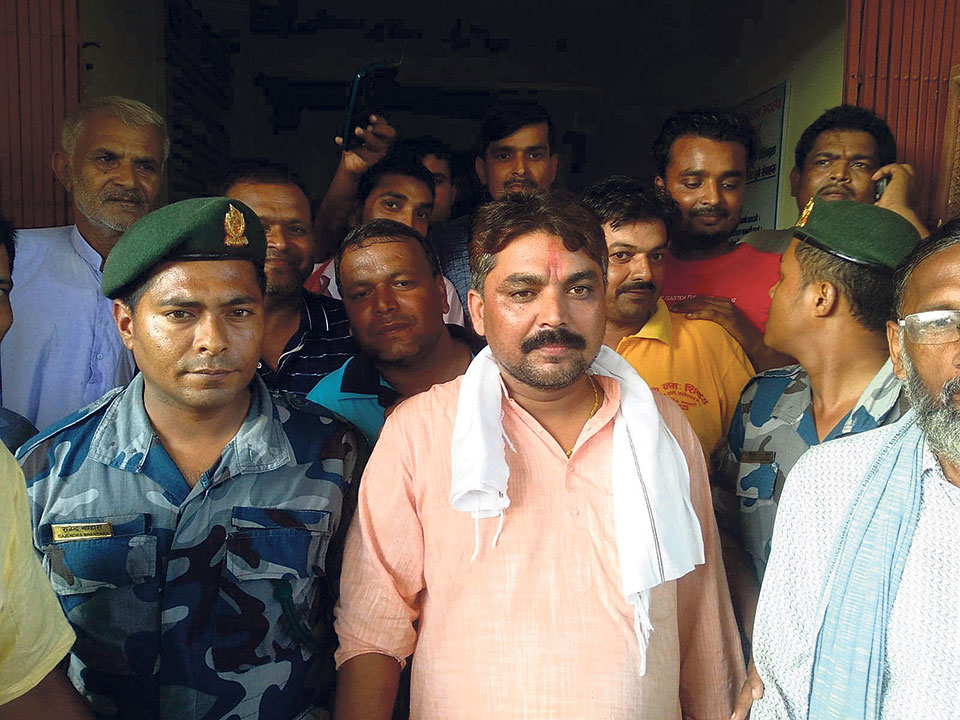
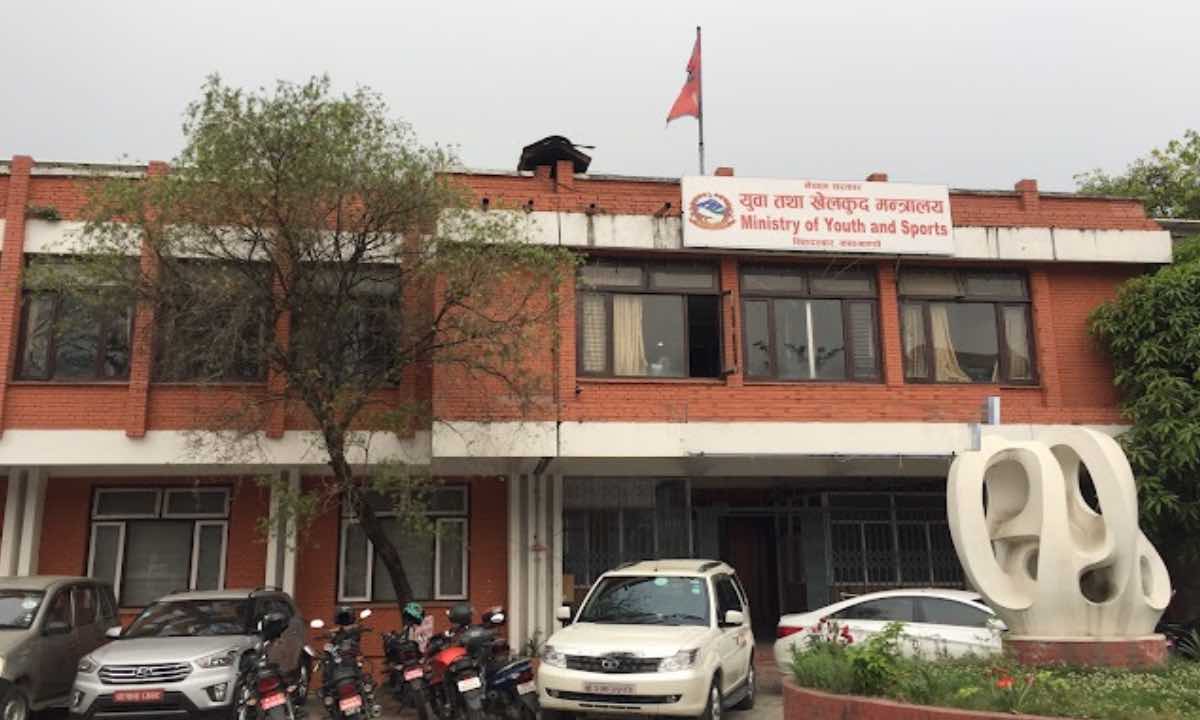



Leave A Comment